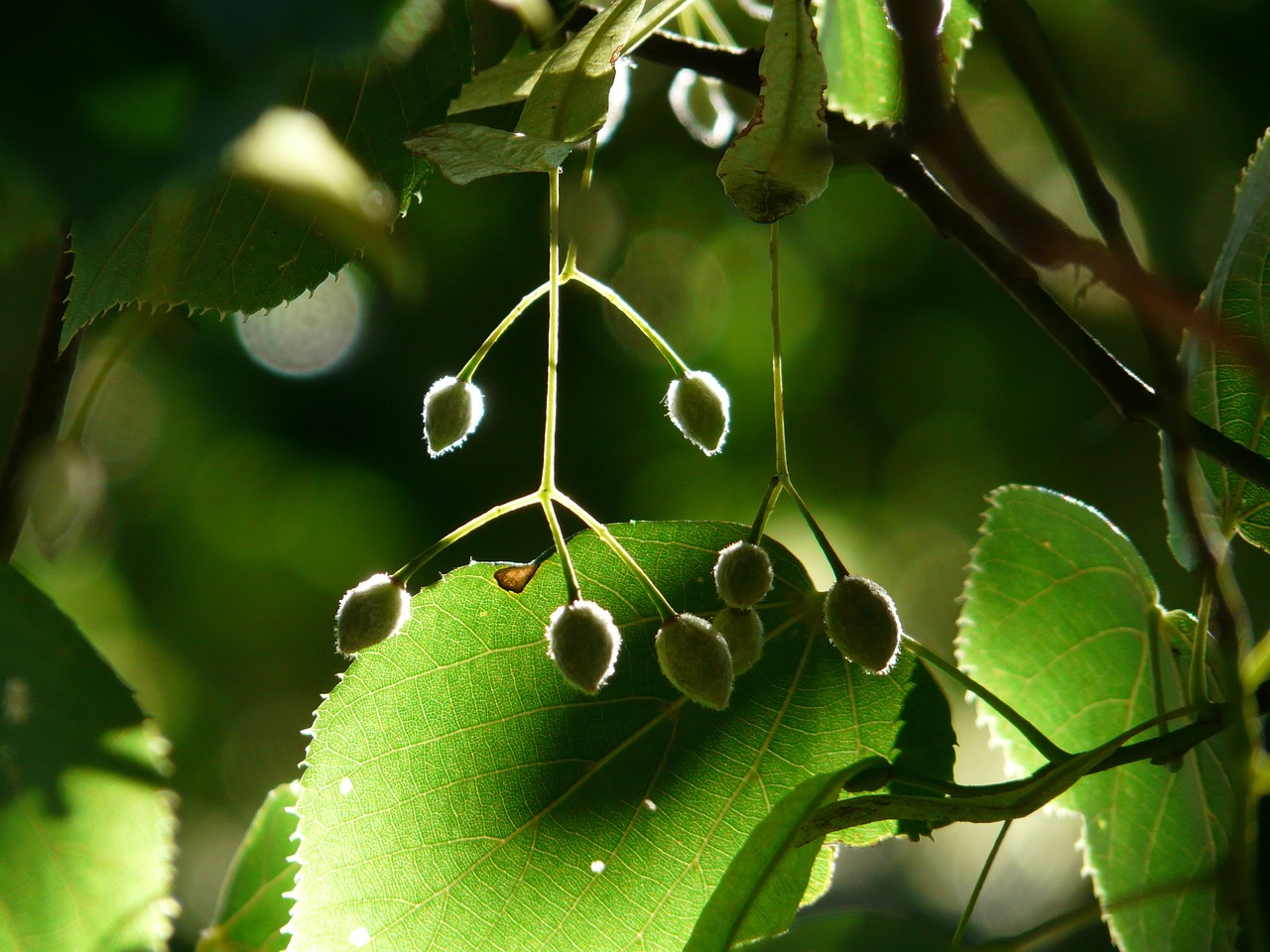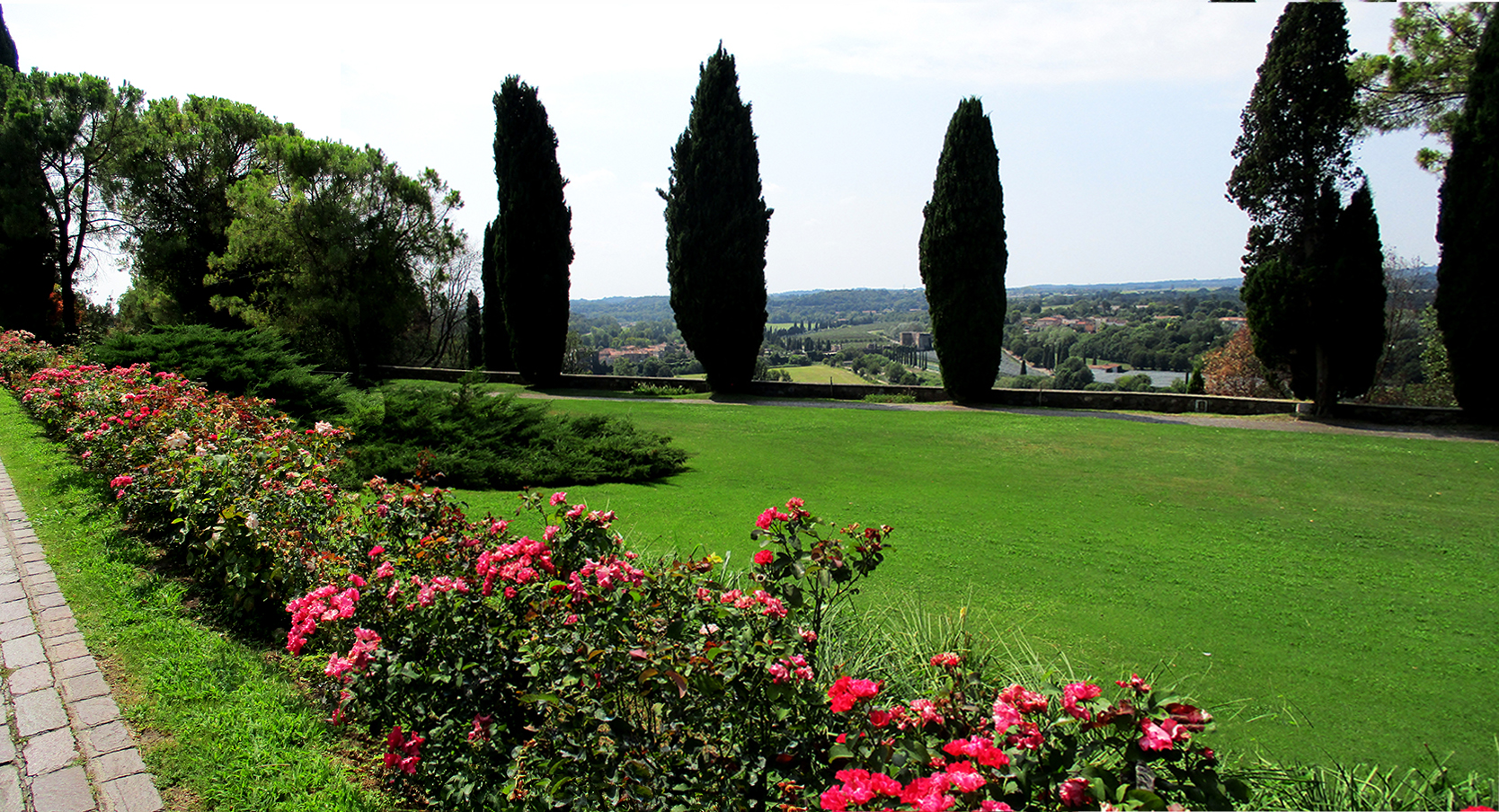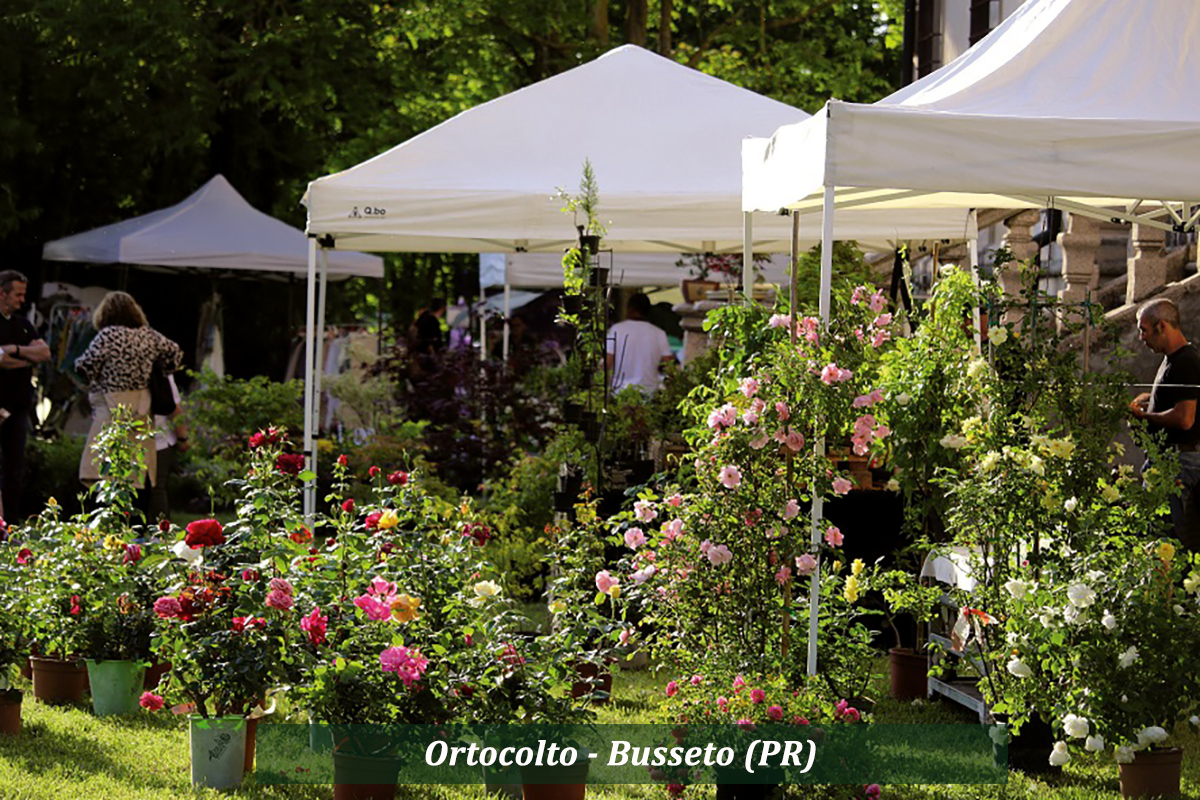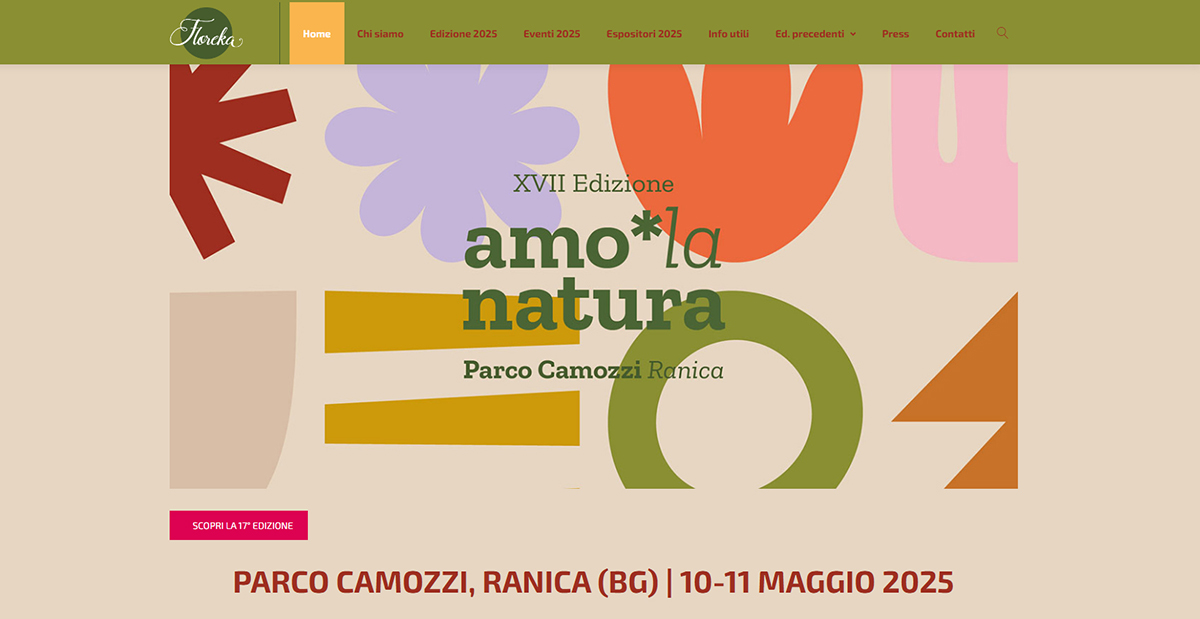The Lime (Tilia cordata) is a deciduous tree up to 25 meters tall, native to Eurasia. Valued for its heart-shaped leaves, fragrant flowers and resistance to pollution, it is suitable for temperate climates and cool soils. It requires low maintenance and offers ornamental and therapeutic value. It flowers in late spring, with small, woody fruits. Its parts are used in calming infusions. Also ideal for avenues and public gardens.
Tilia cordata, or wild lime, is a deciduous tree of the Malvaceae family, native to Eurasia. It can reach a height of up to 25 meters and a width of 15 meters, with a columnar shape. The leaves are heart-shaped and in autumn they turn yellow before falling. The flowers give off an intense scent typical of the plant. Flowering occurs in late spring. It prefers moist, fresh and fertile soils, tolerates marly soils and adapts to sunny or semi-shaded exposures. It is resistant up to -20°C and tolerates pollution well. Pruning is done in late autumn only if necessary. The suckers should be removed. The name “Tilia” derives from the Greek “ptilon” (wing), referring to the shape of the bract that surrounds the flowers, while “cordata” refers to the heart shape of the leaves. The plant has a therapeutic use: flowers, bracts and buds can be used for infusions, decoctions or mother tinctures.
IDENTIFICATION
Scientific name:
Tilia cordata
Italian common name:
Tiglio (Linden)
Family:
Malvacee
Origin:
It is a typical species with a Eurasian range. It is widespread from Spain (Basque Country, Catalonia, Pyrenees) to Urals almost without interruption.
Evergreen or deciduous:
deciduous
PLANT RECOGNITION of the Tilia cordata
Height:
second size tree up to 25 m
Width (extension):
15 m
Habit:
columnar
Leaf:
it is heart-shaped up to 8 cm long, finely toothed, alternate, bright green in colour, paler on the underside, with tufts of reddish hairs in the corners of the ribs, ovate-cordate, asymmetric. In autumn it takes on a splendid yellow color before falling.
Flower:
small cupped flower, creamy yellow in colour, with an intense scent gathered in axillary cymes of 5-10 flowers. The inflorescence is carried by an elliptical membranous bract.
Flowering:
late spring
Fruit:
The fruit is an oval-shaped capsule, ribbed, covered by felt, with indehiscent fruitlets of about 5-6 mm, brownish-grey when ripe (October), containing few (1-2) small and brown seeds.
Perfume:
Yes. Intense
Toxicity:
not
NEED
Maintenance:
low
Fertilization:
balanced slow release ternate fertilizer or mature manure.
Light Exposure:
better sun, but it also tolerates partial shade and bright shade well (not in the north if covered by the house).
Soil type:
it prefers moist, fresh and fertile soils. Tolerates marly soils (sedimentary rock).
Soil acidity:
PH neutral or not too acidic.
Italian climatic area:
it is present on the alpine arc and on the Apennines up to Basilicata. In the Po Valley it is limited to the upper plain, while it is almost absent in the lower plain. In the mountains it goes up to about 1500 meters. Very rare in the Mediterranean area. It tolerates up to -20°.
Need for water:
water only in the event of long periods of drought, great heat and beware of frosts if the tree is young.
Illnesses:
wood caries, anthracnose, cercosporiosis, white sickness. Among the parasites the red rodilegno (Cossus cossus), the yellow rodilegno (Zeuzera pyrina, the American infantry (Hyphantria cunea), the limantria (Limantria dispar), the Euprottid (Euproctis chrysorrea) and the sphinx (Mimas tiliae), the cigar (Byctiscus betulae). Aphids and mites.
Pruning:
it is performed in late autumn. Moderate thinning and shortening of too long branches. The suckers must be removed.
Propagation:
It reproduces well from seed, but most of these germinate after 2 or 3 years.
PARTICULARITY
The name of the genus tilia derives from ptilon which means wing, referring to the shape of the bract that surrounds the flowers. It was considered a sacred tree by the ancient Germanic peoples. The meaning of the “cordata” species derives from the heart shape of the leaves.
Its wood is homogeneous and easily workable, but it does not have great mechanical strength, so it is used only for kitchen accessories.
The famous linden honey is obtained from the tomentosa species and not from the cordata.
Annotations
It is a plant with high resistance to pollution, which is why it is often used by public administrations.
Therapeutic use:
Flowers, bracts and buds can be used for infusions, decoctions or mother tinctures and to understand everything related to this world, we refer you for further information here
In the kitchen: It is not used.
The del mondo del giardino advice
It is a generous plant that gives always different beauty throughout the year. In spring the medium green heart-shaped leaves are immediately accompanied by the light green bracts giving a very pleasant chromatic and plastic effect. At the end of spring it blooms with beautiful and very fragrant flowers. After the flowers, the bracts produce fruits with long peduncles that are amusing and lovable to look at. In autumn the leaves turn a beautiful uniform yellow before falling, thus accompanying us to the rest of nature. The large leaves allow coverage from the summer heat and many of its parts can be used for herbal teas and calming decoctions.
Now on horseback! Work awaits us! Our new wonderful outdoor space is about to be born!
GOOD WORK and…if you have any questions, write to info@mondodelgiardino.com
Images sources: thanks to Pixabay and in particular Erich Westendarp for the row of lindens, Юрий Лютый for the flower, Hans for the leaf, the bracts, the branch of fruit and the group of fruits and leaves and Susanne Jutzeler for the leaves in autumn.






















